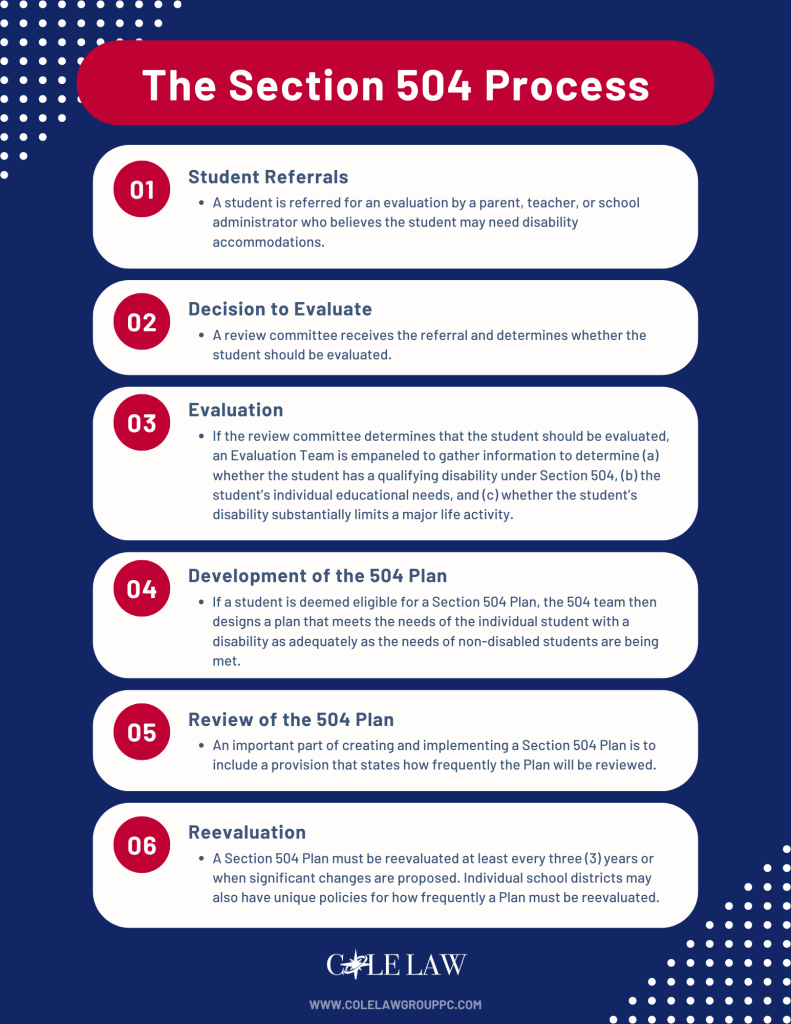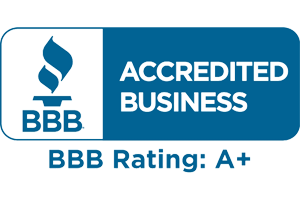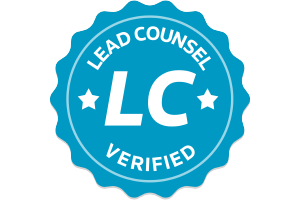- Contact Us Now: (615) 490-6020 Tap Here to Call Us
Navigating K-12 With A Disability – Part 1

Why Section 504 Plans Matter in K–12 Education
Navigating the K–12 school system is challenging for many students—but for those with disabilities, the experience often includes added legal and logistical hurdles. From rigid schedules to standardized testing and extracurricular participation, students with disabilities may face barriers their peers do not. Fortunately, federal law offers critical protections to help level the playing field.
This post is the first in a three-part series designed for parents, caregivers, and educators seeking to understand the legal framework that supports students with disabilities. In Part One, we focus on Section 504 of the Rehabilitation Act of 1973—a federal civil rights law that requires public schools to provide eligible students with a free appropriate public education. We will explain who qualifies for a Section 504 Plan, outline the six key steps involved in creating one, and help you determine whether your child may be entitled to important educational accommodations. If you’re unsure whether your child is receiving the support they need, this guide is for you.
A Personal Reflection on the Typical School Experience
It has been a long time since I sat in a K-12 classroom, but I remember it as often being overwhelming. At my school, we had to be in our seats at 7:45 A.M. sharp – one minute late and you had to take a detour to the front office to get a tardy slip. From there, we spent the next seven hours sitting at metal desks trying our best to listen to the teacher standing at the front of the room. Then, after classes were over, all students were required to either play a team sport or participate in a physical education program for at least one hour.
Homework was the next priority and, of course, each teacher assigned no less than an hour or two of homework per class. When the homework was finally done, we went to bed and prepared to do it all again the following day.
Looking back at my time in school, I am amazed that I somehow managed to balance all of the expectations and requirements, but, then again, I was also a conventional student. I can only imagine how different the K-12 experience is for students with disabilities.
When the “Normal” School Routine Isn’t Accessible to Everyone
The traditional K-12 school schedule—early start times, extended seatwork, mandatory physical activity, and heavy homework loads—can be overwhelming for any student. However, for students with disabilities, these same expectations may pose legal and practical obstacles. Without proper accommodations, what’s routine for some becomes a daily struggle for others, often violating their right to equal access.
To address the inequities between disabled students and non-disabled students, the federal government has passed various forms of legislation that aim to eliminate discrimination in public schools based on disability. Under Section 504 of the Rehabilitation Act, public schools must provide reasonable accommodations to ensure equal educational access.
What Is Section 504 of the Rehabilitation Act?
Section 504 of the Rehabilitation Act is a federal civil rights law statutorily codified at 29 U.S.C. § 794(a) (1973). Subsection (a) of the statute states, in relevant part, that “[n]o otherwise qualified individual with a disability as defined in the United States . . . shall solely by reason of her or his disability, be excluded from the participation in, be denied the benefits of, or be subjected to any form of discrimination under any program or activity receiving Federal financial assistance . . . ” i In simpler terms, it’s a powerful tool designed to make sure students with disabilities aren’t left behind in public schools.
The language of the statute makes it clear that Section 504 was implemented to prevent disability-based discrimination in programs and activities that receive federal funds. Public schools, or “local education agencies” (“LEAs”), receive federal funding and, as a result, must adhere to the requirements specified in Section 504. Under Section 504, every qualified student with a disability is entitled to a “free appropriate public education,” regardless of the severity of the disability.
What Does “Free and Appropriate Public Education” Really Mean Under Tennessee Section 504 Law?
A disabled student’s right to a free and appropriate public education in Tennessee means that parents of the disabled student will not be charged for costs related to the disability and that local public schools must provide appropriate special education and related aids and services designed to meet a disabled individual’s needs.
Moreover, a disabled student’s access to free and appropriate public education applies to all levels of the Tennessee Department of Education and all schools receiving federal funds. The Tennessee 504 Resource Manual states clearly the Requirements and Obligations of the Tennessee Department of Education.
Do Rights for Disabled Students in TN Extend Beyond the Classroom?
In Tennessee, a student’s right to a free and appropriate public education under Section 504 includes access to extracurricular activities—not just academics. For example, if a student with a disability wants to play soccer, a 504 Plan can provide the necessary accommodations. Even if the soccer team doesn’t receive direct federal funding, the school’s overall funding status ensures full Section 504 protection. The fact that the school receives any federal funds at all is sufficient for Section 504 to apply to all of the opportunities the school offers.
What Is a Section 504 Plan?
A Section 504 Plan is simply a written document that specifies the services that a disabled student will receive. It states the nature of the concern surrounding the student’s disability, the specific accommodation(s) that will be implemented, and the related support services to be provided. A written report of the determinations made throughout the Section 504 Process is then filed and maintained in the student’s educational records.
The Section 504 Process At A Glance

The Section 504 Plan Process: Steps and Services
The Section 504 Plan Process consists of six steps: (1) Student Referral; (2) Decision to Evaluate; (3) Evaluation; (4) Eligibility Determination / Development of 504 Plan; (5) Review of 504 Plan; and (6) Periodic Reevaluation of 504 Plan.
Step 1: Student Referral
In Step 1 of the Section 504 Process, the student is referred for an evaluation by at least one parent, teacher, or guardian, who believes a student needs accommodation(s) because of a disability. To submit a referral, the referring individual simply obtains a form from the school’s 504 Coordinator, an individual whose job is to oversee the 504 Process. Once the 504 Coordinator receives the form back from the referring individual, the 504 Coordinator submits the referral to the Review Committee.
Step 2: Decision to Evaluate
In Step 2 of the Section 504 Process, the Review Committee, after receiving a written referral form, decides whether the student should be evaluated. During the evaluation process, the primary inquiry being addressed by the Review Committee is as follows: Does the school know or suspect that, because of a disability, the student may need special education or related aids or services to participate in or benefit from school?
If the answer to the inquiry is “yes,” then the parent(s) or guardian(s) must be provided with the Consent for Evaluation form, the Parent Rights document, and the Receipt of Parent/Student Rights acknowledgment form. If the answer to the inquiry is “no,” then the parent(s) or guardian(s) must be provided with a written notice of the decision not to evaluate, the Parent Rights document, and the Receipt of Parent/Student rights acknowledgment form.
Step 3: Evaluation
The third step in the Section 504 Process is the most substantive. During the evaluation, the Evaluation Team (or “multi-disciplinary team”) works to gather information to answer three questions:
- Does the student have a qualifying disability under Section 504?
- What are the student’s individual educational needs?
- Does the student’s disability substantially limit a major life activity?
Beginning with the first question, there is no straightforward answer as to who is considered “disabled” for purposes of Section 504. When I first read the legal definition, I expected something cut and dry. It’s not. In reality, eligibility depends on your child’s unique challenges and how those impact daily learning. It is a determination that is made on a case-by-case basis, and a medical diagnosis by itself does not automatically qualify a student as “disabled.”
According to the statutory language, students are deemed “disabled” if they meet any of the following criteria:
- They have a physical or mental impairment that substantially limits one or more major life activities;
- They have a record of such impairment; or
- They are regarded as having such impairment.
Whether any of the above three factors apply to a referred student is a determination made by the Evaluation Team. The Evaluation Team is made up of the school’s 504 Coordinator, the Principal of the school or head of the LEA, and professionals knowledgeable about the student, as needed. The “knowledgeable professionals” can include the student’s teachers, coaches, or medical professionals. Notably, parental involvement is not required during the evaluation stage of the Section 504 Process, although it is highly encouraged. When parents are not involved in the evaluation, those who are involved are expected to document the findings to relay the information to the parents.
The Evaluation Team will consider all significant factors related to the student’s learning process and other relevant sources of determination in a manner tailored to evaluate the specific areas of educational need to determine whether a referred student falls into the above-referenced definitions. The results of the evaluation are then documented and used to create a Section 504 Plan if the referred student is deemed to be eligible for one.
Step 4: Development of the Section 504 Plan
Once a student is deemed eligible for a Section 504 Plan, the specifics of the plan must be documented in writing. When creating a Section 504 Plan, the primary goal is to design a plan that meets the needs of the individual student as adequately as the needs of non-disabled students are being met. Accommodations provided in the Section 504 Plan can include, among other things, transportation, residential placement, and parental placements.
Note that a Section 504 Plan is not the same as an Individualized Education Plan (“IEP”) available under the Individuals with Disabilities Act, the subject of part two of this series. An IEP is a form of special education, whereas a Section 504 Plan is not. In other words, Section 504 Plans, although created with an individual student’s needs in mind, will not provide the same specialized services as an IEP.
Step 5: Review of the Section 504 Plan
The initial Section 504 Plan should state how frequently the Plan will be reviewed. The specific school district implementing the Plan may also have an internal policy that determines how frequently the Plan must be reviewed. Each time the Section 504 Plan is reviewed, the school must provide parent(s) or guardian(s) with the Parent/Student Rights document.
Step 6: Periodic Reevaluation
Under the Tennessee Department of Education standards, Section 504 Plans should be reevaluated at least every three years and before there is any significant change in the Plan. Again, parent(s) or guardian(s) will be provided with the Parent/Student Rights document when the Section 504 Plan is reevaluated.
Updates to the Legal Framework for Violations of Section 504 of the Rehabilitation Act of 1973
A disabled student whose rights under Section 504 of the Rehabilitation Act of 1973 are violated can bring a lawsuit in federal court. Historically, to establish a prima facie case under Section 504, an individual was required to show that school officials “acted with bad faith or gross misjudgment” because “a school district’s simple failure to provide a reasonable accommodation [was] not enough to trigger liability.” ii
This standard set the bar higher for claims related to educational services under Section 504 compared to other disability-discrimination claims brought under the same federal statute, which merely require a showing of “intentional discrimination” or “deliberate indifference.” iii
As recently as June 12, 2025, however, the Supreme Court of the United States ruled in the case A.J.T. v. Osseo Area Schools, Independent School Dist. No. 279 that “ . . . Rehabilitation Act claims based on educational services should be subject to the same standards that apply in other disability discrimination contexts,” thus making it much easier for individuals to allege a claim under Section 504.iv
Section 504 Plan Summary for Parents and Advocates
This post is the first in a three-part series on navigating K-12 education for students with disabilities. It focuses on Section 504 Plans, which stem from the Rehabilitation Act of 1973. Section 504 ensures that students with disabilities have equal access to education, including extracurricular activities, without discrimination. The post outlines the eligibility criteria for Section 504 plans, how these plans are developed, and the administrative process, which involves steps such as evaluation, eligibility determination, and periodic review. For parents of students with disabilities, understanding this law and working with legal professionals can help ensure that your child receives the accommodations needed for educational success.
Still have questions? See our full Section 504 FAQs page.
📞 If you’re unsure whether your child is receiving the accommodations they’re entitled to, Cole Law Group can help. Call us at (615) 490-6020, or message us to set up an appointment for a confidential consultation.
















